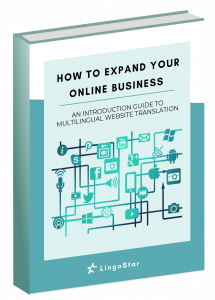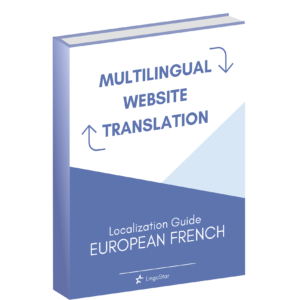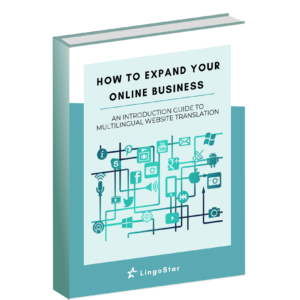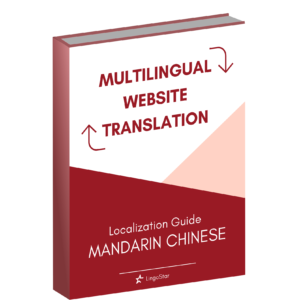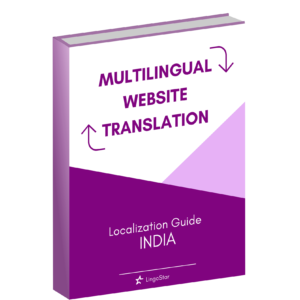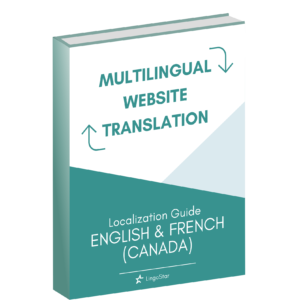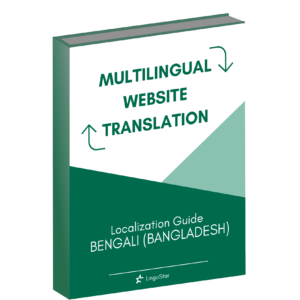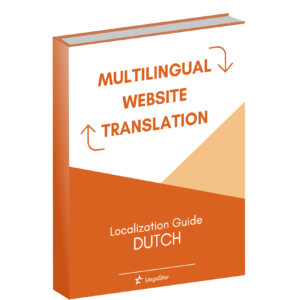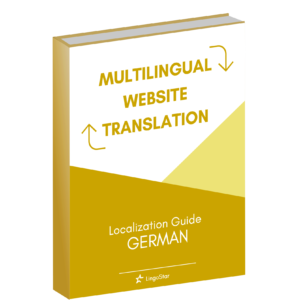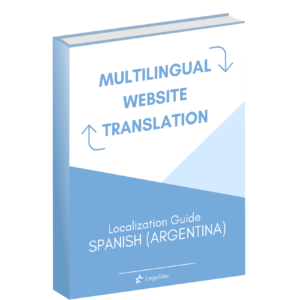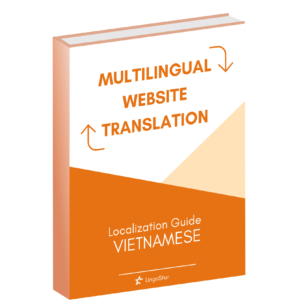Are Language Barriers Affecting Your Business?
Language Services In the modern world globalized by the internet many things can be reached by just a click of a mouse. In the field of business the competition is fierce, and an aspect just as important as service quality is its reachability. A company offering highly demanded services or goods on a market limited by country borders prevents itself from economic growth, since such a strategy only makes sense for firms selling very specific goods which only sell well in a particular region. If your company is not among them it is highly advisable to make your services globally available. To do so, you may want to start with translating your website into the language of the country where you would like to start offering your services. Global availability cannot be reached within a short period; it is established step by step. For instance, if your company is located in Germany, you might translate your website into French to expand your business, or have your software localized for French audience. With the expansion grows your client database, new clients inform others about your services, and the chain reaction starts to bring you profit. After a while you will have enough financial means to start expanding into the next country. Another thing worth considering is the fact that cross-cultural meetings can sometimes lead to misunderstandings, disappointments or awkward situations if the participants are not somewhat familiar with their partner’s cultural rituals, beliefs, languages or psychological features rooted in them. This can become an obstacle on your way to successful business development. Therefore, before expanding into a new country, you...
